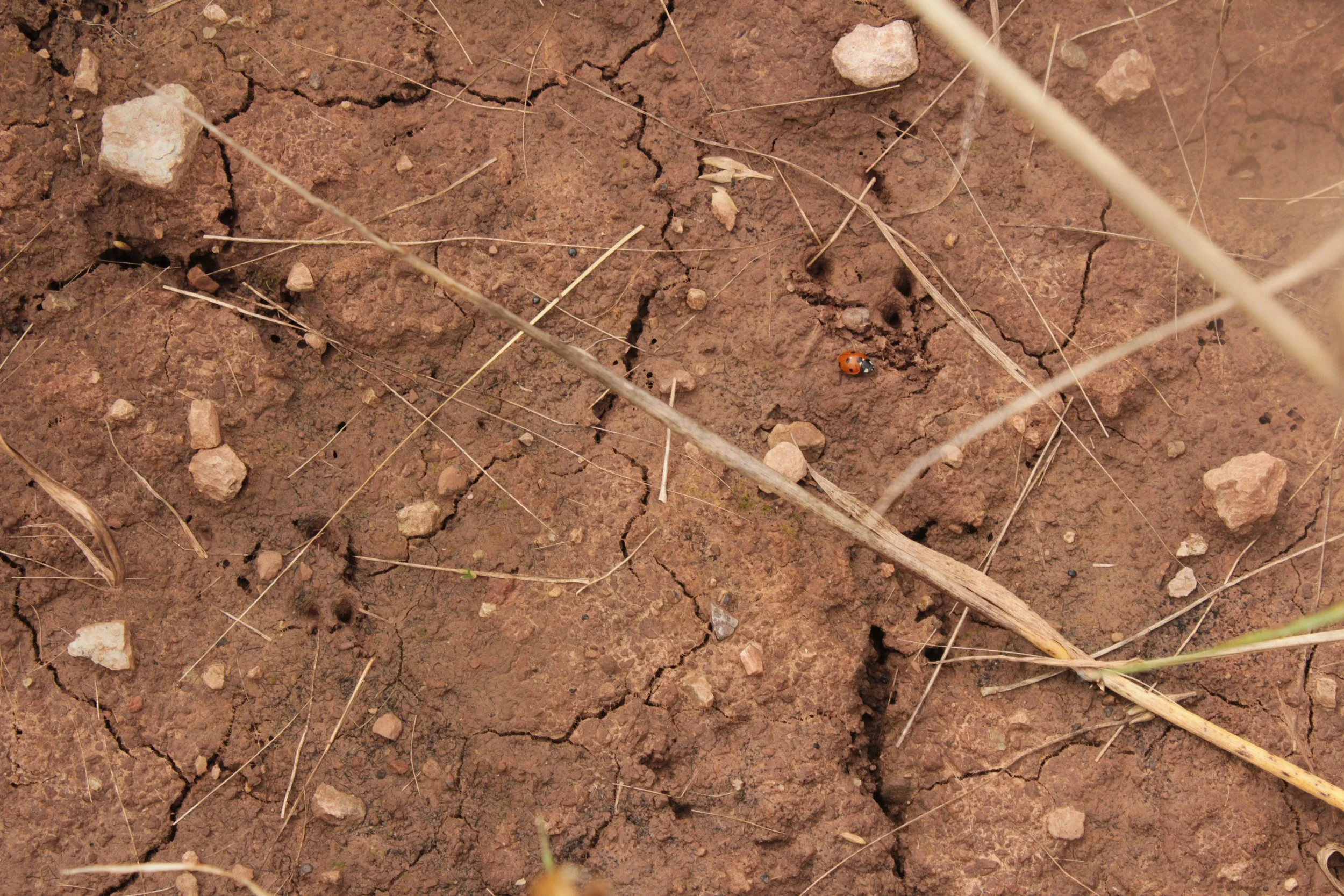Home / British mammals / Edible dormouse
Edible dormouse
Scientific name: Glis glis
The edible dormouse is squirrel-like, with greyish fur, a brown tail in adults, and a dark line along the spine. Introduced to the UK in 1902, the edible dormouse is confined to the Chilterns and adjacent woodlands mostly within 35 km of Tring, Hertfordshire, England.
Taxonomy chart
Animalia - Chordata - Mammalia - Rodentia - Gliridae - Glis - G. glis
Conservation status: UK Red List
GB: N/A
England: N/A
Scotland: N/A
Wales: N/A
Global: Least Concern
Species information
Habitat: Mixed deciduous woodland, especially where conifers are present. Largely found in beech woodland. Prefers to live in the woodland canopy. Frequently lives in buildings, often occupied houses.
Description: Squirrel- like mouse. Flattened head, with short muzzle, large black eyes, rounded ears and bushy tail. Greyish-brown, dark along spine, lighter along flanks and creamy underneath with brown tail. Juveniles, white underneath and with grey tail.
Size: Head to body : 120-175mm, tail : 100-150mm,
Weight: 140g in summer, 270g in winter
Origin and distribution
Unknown number introduced in 1902 by Walter Rothschild. Now confined in UK to Chilterns and adjacent woodlands mostly within 35km of Tring. Habitat fragmentation stops further movement.
Diet
Varies seasonally, consists of food available on tree canopy and understorey rather than the ground. Likes nuts, buds, many types of fruit but appears to prefer : blackberries; elderberries and apples. Feeds extensively on beech mast. Also eats bark of willow, fruiting and conifer trees. Occasionally eats, insects, fungi, eggs and carrion.
General ecology
Normally arboreal these mice are agile climbers. Mostly nocturnal, occasionally active after dawn. Can have several nests in home range, can use old squirrel dreys and bird nests. Nest normally consists of lining of green beech leaves, paper and rag may also be used but soft nest lining is usually absent. Nest characteristically loose and very untidy. Hibernates with a stable and low temperature. In woodlands will hibernate in disused or occupied rabbit burrows or badger dens. The animal does not use nesting material to hibernate, will just curl up on the ground.
Blind at birth with eyes shut. Grow rapidly but 1g a day to be fat enough to hibernate at winter. Closely related females, usually mother and daughter will share a nest and at times nurse young communally.
Predators are tawny owls, stoats, weasels and domestic cats. Poor mast years of trees required for food result in high winter mortality in young.
Breeding
Only breeds after 1 year of birth, often after 2nd hibernation. Young normally born in August in UK, but this tends to be earlier in other European countries. Often widespread reproductive failure will occur if there is low flowering and masting of beech. Large numbers of young born in beech masting years. Litter size normally 7 but can vary from 1 to 13 but larger litters maybe creches with more than one individuals offspring. Normally only one litter per year.
Conservation status
The 2018 Mammal Society’ study in 2018 indicated that the edible dormouse, has an approximate population of 23,000 individuals. This is twice what was estimated in 1995, however, as they live in a small habitat this number maybe lower. There are currently management of population by culling to limit their expansion rate, as with climate change there is increased suitability to other habitats in the UK. As this is an introduced non- native species this could have a detrimental effect on other UK ecosystems.
Download resources
Identify sounds
Heard a curious animal sound but no idea whose making it?
Wildlife identification FAQ
Still not sure what you’ve found? Head over to our FAQ for an answer.




